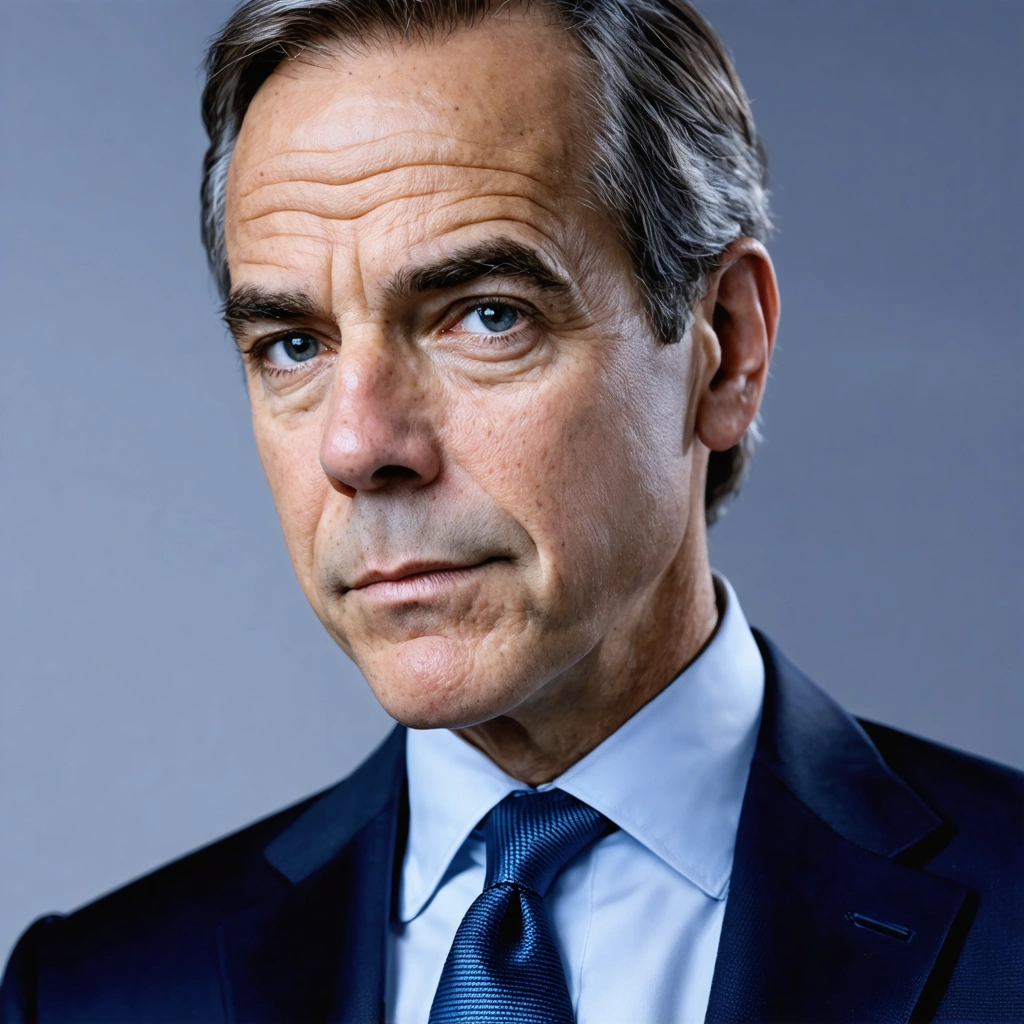
Introduction to a New Leadership Era
In a historic and transformative moment for Canada, Mark Carney – a globally recognized central banker – steps into the role of Prime Minister. This transition marks a pivotal shift in the nation’s political and economic landscape. Carney, having spent decades at the helm of monetary policy in major financial institutions, brings a wealth of expertise and a reputation for stability. His appointment comes at a time when Canada faces complex challenges, including rising external pressures and shifting geopolitical dynamics. As President Trump’s aggressive stance and tariff threats continue to impact the North American economic framework, Carney’s leadership is expected to recalibrate policies and reinforce Canada’s sovereignty.
Carney’s Background and Economic Milestones
From Central Banking to Political Leadership
Mark Carney built his career in the world of finance and central banking, earning accolades for his work during turbulent economic times. His tenure in institutions like the Bank of England and the Bank of Canada showcased his ability to navigate global financial uncertainties. Among his achievements are:
- Stabilizing national economies during periods of market volatility
- Implementing innovative monetary policy measures
- Enhancing international cooperation among financial regulators
These accomplishments laid the groundwork for his move into politics, where his analytical skills and forward-thinking policies are anticipated to drive sustainable growth.
Economic Policy and Reform Agenda
Carney’s policy agenda as Prime Minister is expected to reflect his economic stewardship and deep understanding of financial markets. His strategic approach focuses on:
- Strengthening Canada’s financial infrastructure
- Promoting innovation in economic policy
- Ensuring fiscal responsibility through targeted reforms
The implementation of these policies is designed to not only stabilize the current economic environment but also to stimulate long-term development that meets the challenges of globalization and rapid technological change.
Political Transformation Amid External Challenges
Responding to Tariff Threats and Sovereignty Issues
The political scene in Canada is witnessing considerable tension as external pressures mount. President Trump’s persistent threats of increased tariffs and remarks surrounding Canada’s sovereignty have created a climate of uncertainty. Carney’s appointment occurs precisely at this juncture, with his government expected to adopt a multi-pronged approach to mitigate these challenges. Key areas of focus include:
- Diplomatic negotiations to ease tariff pressures
- Reinforcing policies that safeguard Canada’s national interests
- Engaging international partners to build a robust counter-strategy
His leadership underscores a commitment to robust economic diplomacy, wherein dialogue and strategic planning will be paramount in addressing external economic challenges.
Changing Political Dynamics
Mark Carney’s ascension to Prime Minister represents more than just a change in leadership—it signals a broader transformation within Canada’s political framework. His background in economics and risk management is expected to bring a data-driven and analytical perspective to governance. Within a system that has long balanced policies between liberal and conservative ideologies, Carney’s approach offers a third way characterized by:
| Aspect | Traditional Approach | Carney’s Vision |
|---|---|---|
| Innovation | Incremental change | Bold, transformative measures |
| Fiscal Policy | Reactive adjustments | Proactive, forward-looking strategy |
| International Relations | Conventional diplomacy | Strategic economic partnerships |
This comprehensive framework is expected to create a more resilient and adaptive government, ready to face both domestic and international challenges.
The Road Ahead: Strategic Adaptation and Policy Innovation
Future Economic and Political Outlook
Looking forward, the Canadian government under Carney’s leadership appears poised to harness its institutional strengths while embracing a progressive economic agenda. His track record indicates an ability to integrate innovative policy solutions with traditional governance methods, establishing a balanced approach to national development. Several critical initiatives have been outlined as priorities:
- Integration of Technology in Governance: Utilizing data analytics and digital infrastructure to optimize policy decisions and improve public services.
- Enhanced Trade Negotiations: Strengthening trade agreements and negotiating new terms that prioritize national interests without compromising on global partnerships.
- Fiscal Consolidation: Implementing measures to ensure budgetary discipline while fostering an environment conducive to investment and growth.
- Environmental and Sustainable Policies: Advancing green initiatives and ensuring that economic policies align with environmental goals.
Strategic Steps and Milestones
Carney’s roadmap for navigating the present complex geopolitical landscape includes the following strategic steps:
- Reassessing domestic fiscal policies to accommodate rapid economic changes.
- Engaging in multilateral dialogues to address tariff disputes and safeguard trade interests.
- Innovating regulatory frameworks to integrate technology and improve financial oversight.
- Strengthening partnerships with other economic powerhouses and emerging markets alike.
These strategic steps are crucial not only for reestablishing economic confidence but also for reinforcing Canada’s global standing.
Conclusion: A Visionary Approach in Uncertain Times
In conclusion, Mark Carney’s appointment as Canada’s Prime Minister signals a transformative and visionary approach to governance during uncertain geopolitical times. He brings unparalleled expertise in economic management and a commitment to safeguarding national sovereignty against external pressures. The integration of innovative policy measures and strategic reform initiatives is expected to support a resilient economic future for Canada. As the country navigates through trade disputes and evolving international relations, Carney’s leadership embodies the convergence of traditional wisdom and modern governance—setting the stage for a new era in Canadian politics and economic resilience.




